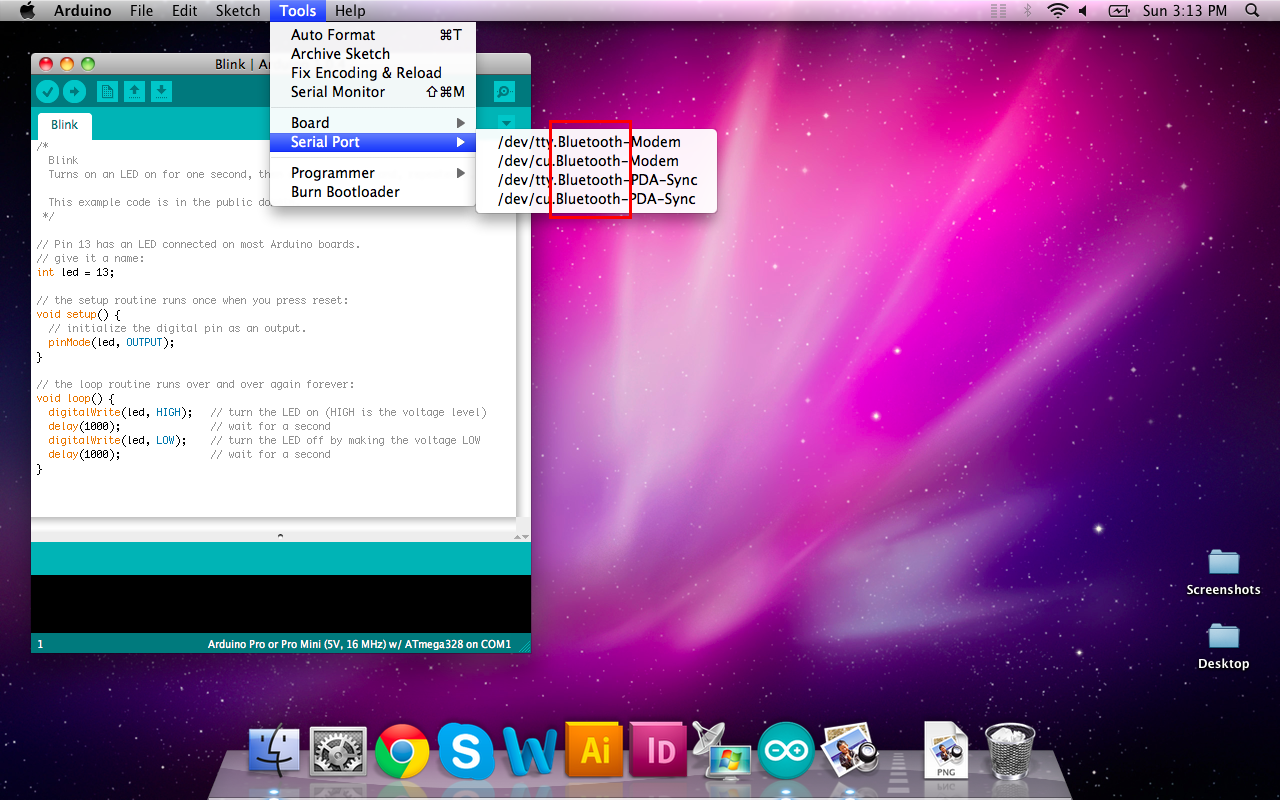
- USB TO SERIAL MAC OS X HOW TO
- USB TO SERIAL MAC OS X MAC OS X
- USB TO SERIAL MAC OS X MAC OS
- USB TO SERIAL MAC OS X SERIAL
USB TO SERIAL MAC OS X SERIAL
It simply appears as a serial stream that you can communicate with exactly as you would with any other serial device. I’ve used this method to connect to the sparkfun Bluetooth Mate Gold. Once you’ve connected to the serial bluetooth device with screen, the connection will be held active for the length of your session. This PL2303 chip is used in various devices like usb serial dongles and embedded USB bridges in cellphones, GPS receivers, etcetera.
USB TO SERIAL MAC OS X MAC OS
This driver enables the functionality of Prolific PL2303 USB serial adapter in Mac OS X. Then you will be able to see the device in the list of devices. A compiled kernelmodule and installation program can be found at: Purpose. You must simply make sure that the bluetooth device is paired and active. This method works equally well if you want to connect to a serial bluetooth device. Press “y” and you’ll be back to your shell terminal. Screen will then prompt you to quit and kill all of your windows. To exit (and close the screen gracefully) press: control-a Once you’ve connected, you can use the terminal as you normally would. Remember to specify the speed (baud rate) after the device name. Once you’ve determined which device you would like to use, you can execute the SCREEN command to start the serial terminal session on your Mac. The first thing to do is determine which device you want to connect to. This works well particularly if you have an RS-232 serial to USB converter. There are a few software apps out there, but I find it much simpler to simply use the terminal application “screen”. The instructions below have seemed to work for anyone here at Alorium Technology that was observing the FTDI issues.If you develop on an Apple and find yourself doing any sort of device or embedded development, you will quickly find the need for a serial terminal on Mac. We have found uninstalling the third-party drivers to be a solution. This potentially leads to the mysterious port disappearance issue. So, if you have followed an upgrade path from an older version of the OS without native FTDI support to a new version that has it, there can be contention between the native and third-party drivers.

Somewhere around the release of macOS 10.12 Sierra (and maybe earlier), native support for FTDI drivers was included.
USB TO SERIAL MAC OS X MAC OS X
Earlier versions of Mac OS X did not support FTDI drivers, so users would have to install third-party FTDI drivers. The exact cause of this problem is not certain, but it seems to be related to Apple’s support, or lack thereof, for FTDI drivers in the operating system. Since we’ve seen this issue pop up internally and with many customers, we decided to share what solution has been working for us so far. Rebooting the system can temporarily restore the port, but the problem eventually comes back. The symptoms we have observed generally include the spontaneous loss of the USB serial port connection to the board or loss of the port after disconnecting and then reconnecting the board from the USB programming cable.

The beta drivers are designed to allow the connection of USB serial devices, such as digital cameras and mobile. On Mac OS, Port 1 on the Keyspan USB Serial Adapter is named 'P1USA19Hyyxx'.

Since our boards use an FTDI chip for USB-to-serial communication, we have witnessed some of these issues when working with our boards using Mac and macOS. Keyspan is now shipping beta Mac OS X drivers for the family of USB serial adapters. Ongoing macOS FTDI driver issues plague many users connecting the Arduino IDE to boards that use an FTDI chip.
USB TO SERIAL MAC OS X HOW TO
How to Fix FTDI Driver Issue on Mac and macOS


 0 kommentar(er)
0 kommentar(er)
